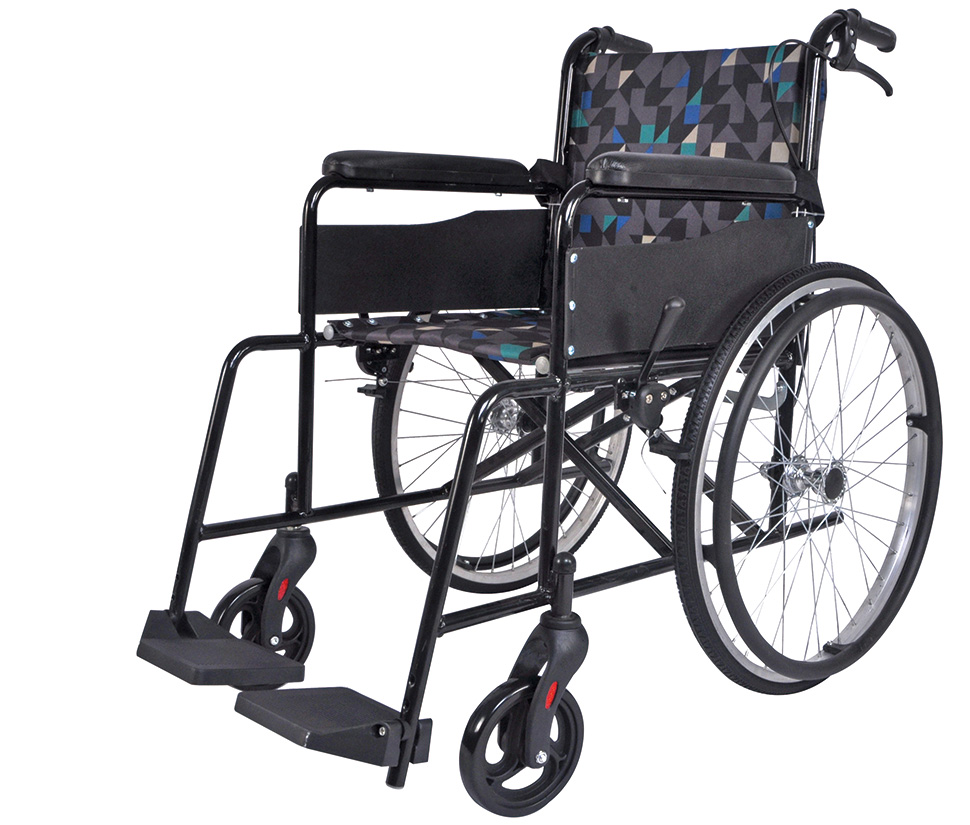Welcome to our websites!
Essential Items for Cardiac Emergency Response and Crash Cart Preparedness
The Importance of the Cardiac Crash Cart in Emergency Medicine
In the fast-paced world of emergency medicine, the cardiac crash cart serves as a vital resource for healthcare providers responding to life-threatening situations, particularly cardiac arrests. This meticulously organized cart is equipped with essential medical equipment and medications designed to help stabilize patients experiencing acute cardiovascular events. Understanding the composition, significance, and efficient utilization of the cardiac crash cart is critical for medical professionals aiming to enhance patient outcomes during emergencies.
What is a Cardiac Crash Cart?
A cardiac crash cart, sometimes referred to as a code cart, is a portable unit stocked with emergency supplies necessary for advanced cardiac life support (ACLS). These carts are strategically placed in critical care areas such as emergency departments, intensive care units, and hospital wards. They ensure that healthcare teams can access life-saving tools and medications swiftly during a cardiac emergency.
Key Components of a Crash Cart
The cardiac crash cart typically includes the following compartments
1. Defibrillator One of the most crucial devices in a cardiac arrest situation, the defibrillator delivers an electric shock to restore a normal heart rhythm in patients experiencing ventricular fibrillation or pulseless ventricular tachycardia. 2. Airway Management Supplies This includes endotracheal tubes, bag-valve masks, and oropharyngeal airways, which are essential for ensuring that an unconscious patient has an unobstructed airway for effective ventilation. 3. Cardiac Medications Various life-saving drugs, such as epinephrine, amiodarone, and atropine, are included to manage arrhythmias and support circulation during resuscitation efforts. 4. IV Supplies Intravenous (IV) access is often necessary for medication administration and fluid resuscitation. Therefore, the cart typically includes IV fluids, catheters, and syringes. 5. Monitoring Equipment Cardiac monitors allow clinicians to assess the patient's heart rhythm and vitals in real-time, which is critical for making informed decisions during resuscitation.
6. Other Supportive Equipment This may include suction devices, cardiac pacing equipment, and additional emergency supplies like gloves, scissors, and sterile dressings.
cardiac crash cart

The Significance of a Well-Stocked Cardiac Crash Cart
The success of resuscitation efforts largely depends on the timely and organized response of the medical team. A well-stocked cardiac crash cart can mean the difference between life and death. Studies have shown that prompt access to the right medications and equipment significantly improves survival rates in cases of cardiac arrest. Moreover, the presence of a readily accessible cart instills confidence in healthcare providers, enabling them to perform life-saving procedures more effectively under pressure.
Protocols for Maintenance and Training
To ensure that the cardiac crash cart is always ready for use, it is essential to implement systematic protocols for maintenance and training. Regular checks should be conducted to verify that all supplies are available, medications are not expired, and equipment is functioning properly. These checks should ideally be performed at least once a month, or before every shift change.
Furthermore, ongoing training for medical staff on the use of the cardiac crash cart and protocols for advanced cardiac life support is vital. Simulation training can prepare healthcare providers to act decisively during emergencies, reinforcing teamwork and improving efficiency in high-stress situations.
Conclusion
The cardiac crash cart is an indispensable tool in emergency medicine that facilitates rapid response to cardiac emergencies. Its critical components provide healthcare providers with the resources they need to administer life-saving interventions effectively. By prioritizing the maintenance of crash carts and ensuring that medical professionals are adequately trained, healthcare institutions can enhance their readiness for cardiac emergencies and improve patient survival rates. The commitment to constant vigilance in maintaining these carts is a testament to the dedication of healthcare professionals to saving lives.
-
Transforming Healthcare with Hospital FurnitureNewsJun.24,2025
-
Rehabilitation EquipmentNewsJun.24,2025
-
Mobility and Independence with WheelchairsNewsJun.24,2025
-
Freedom of Mobility with Our Rollator WalkersNewsJun.24,2025
-
Comfort and Independence with Commode ChairsNewsJun.24,2025
-
Bathing Safety and Independence with Shower ChairsNewsJun.24,2025
-
Navigating the Wholesale Landscape of Electric Mobility Solutions: Key Considerations for Power Wheelchair DealersNewsJun.10,2025











